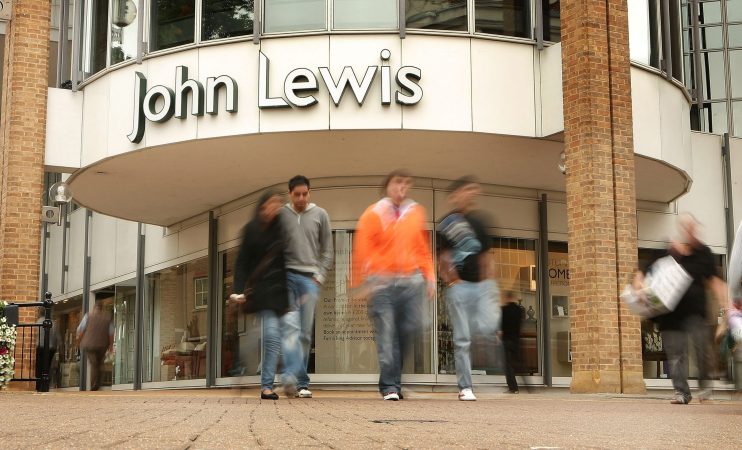Ostrich shops need to stop blaming the high street and step up

Stories of failing retailers seem to be as regularly in the news as Brexit or Harry and Meghan.
And when we read about them, it’s usually accompanied by lamentation that the state of the high street is to blame.
Just this week, City A.M. reported that department store Beales is facing collapse. Its chief executive has criticised high street business rates, unhelpful councils, and the challenging retail market as customers change their shopping habits.
These factors make for a checklist of overused excuses. But retailers who resort to them are burying their heads in the sand. They are “ostrich shops” — and they’re wrong.
Our analysis of around 130,000 UK retailers shows that five out of 10 high street retailers are ostrich shops, experiencing a downward trend of deteriorating performance, with no signs of improvement. However, the analysis also shows that for every ostrich shop, there’s a high street retailer showing strong, healthy financial performance.
Compare, for example, budget fashion retailers Bonmarche and Primark. The former entered administration in October, owing creditors almost £24m, whereas Primark has seen sales in the past three years rise from £2.9bn to £3.3bn.
Or look at John Lewis and M&S, compared to Selfridges and Next. M&S is midway through plans to close 100 stores by 2022, and John Lewis is looking at ditching its annual staff bonus for the first time in 67 years, as sales and profits slump. But Next and Selfridges don’t seem to be struggling. Both are posting strong sales and operating profits.
These successful retailers put the so-called “demise of the high street” into perspective, and suggest that their rivals’ performance problems run much deeper.
Instead of obsessing over the perceived unfairness of business rates or changing shopper behaviour, ostrich shops need to focus on evolving their bricks and mortar stores to create experiences that shoppers can’t get sat in front of a laptop.
Successful shops are doing exactly this. A revamp of Selfridges’ flagship Oxford Street store includes a 14-seat circular bar, a Japanese flower market, and even a skateboard bowl. Similarly, Next stores now feature bars and coffee shops — one Manchester outlet has a pizza and prosecco restaurant.
Primark too has proved that its success isn’t just down to its discount model. It has enhanced in-store experience with hair salons and beauty bars, as well as photo booths for shoppers to share snaps of their outfits via social media.
These high street retailers are creating locations which are more than simply places to shop — they are places where people can meet, eat, drink and socialise.
Next in particular shows how the high street can coexist with the internet. It uses digital channels to reward customers with VIP passes to queue-jump the sales at high street shops. It also enables people to order online then collect and try on items in-store. This embraces the convenience of online shopping while also addressing one of the biggest ecommerce gripes: returning items.
If more retailers stopped playing the blame game and instead focused on evolving their shops, consumers might spend more time — and money — on the high street.
Main image credit: Getty